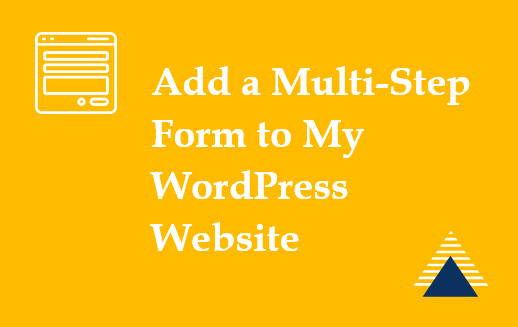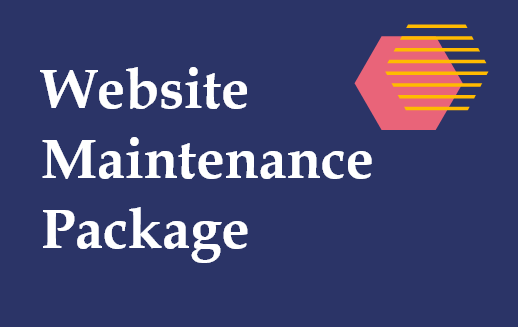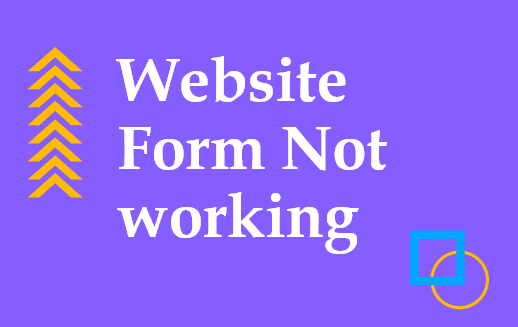Description
Multistep forms offer several advantages over traditional long web forms that require users to fill in all the information on a single page. Using multistep forms, you can break down lengthy web forms into smaller, more digestible parts, leading to better user engagement and higher conversion rates. Here are some reasons why using multistep forms can be beneficial:
- Improved User Experience: Multistep forms simplify the user experience by breaking down a complex web form into smaller, more manageable sections. It reduces the cognitive load on the user, making it easier to complete the form.
- Higher Conversion Rates: Multistep forms have been shown to increase conversion rates compared to traditional long web forms. By making the form less overwhelming and more engaging, users are more likely to complete the form and submit their information.
- Better Quality Data: Multistep forms allow you to collect more accurate and complete data. By asking targeted questions in smaller sections, you can ensure that users provide all the necessary information, reducing the likelihood of errors or incomplete submissions.
- More personalized experience: By using conditional logic, you can customize the form based on the user’s responses. It can create a more personalized experience for the user and improve engagement.
- Better Engagement: Multistep forms can be more engaging for users. With animations, progress bars, and other interactive elements, users are likelier to stay engaged and complete the form.
- Improved Form Analytics: With a multistep form, you can track user behavior and engagement more effectively. By analyzing the data from each step, you can identify areas of improvement and optimize the web form for better performance.
Overall, multistep forms offer a more user-friendly and effective way to collect information from users, which can lead to higher conversion rates and better-quality data.






Reviews
There are no reviews yet.